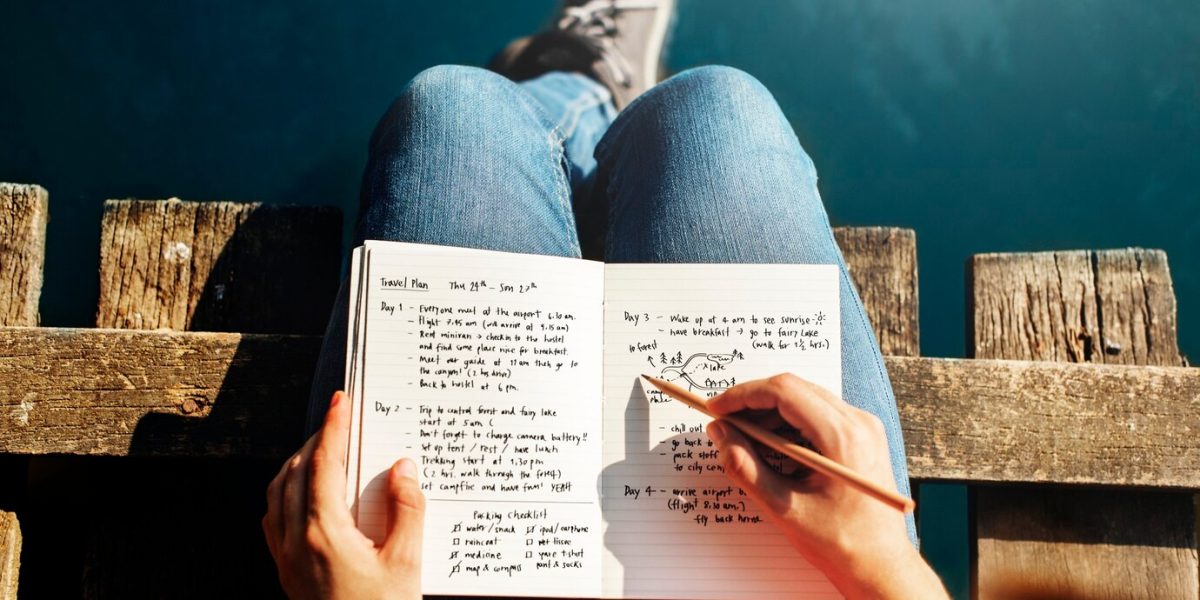Poetry is a powerful form of literature that conveys emotions, ideas, and deeper meanings through carefully chosen words and structures. Analyzing poetry requires a keen eye for literary techniques, themes, and the poet’s intent. If you’re new to poetry analysis, this guide will help you break down a poem step by step.
Step 1: Read the Poem Multiple Times
Understanding a poem requires reading it more than once. On the first reading, focus on the overall impression. In subsequent readings, pay attention to specific words, phrases, and structures.
Step 2: Identify the Speaker and Audience
- Who is speaking in the poem? (Is it the poet or a persona?)
- Who is the poem addressing? (Is it directed to a specific person, the reader, or a general audience?)
- Consider the speaker’s emotions and perspective.
Step 3: Understand the Poem’s Theme
- What is the main idea or message of the poem?
- Does the poem explore love, nature, death, identity, social issues, or another theme?
- Look for repeated words or phrases that may hint at the theme.
Step 4: Analyze the Structure and Form
- What is the poem’s form? (Sonnet, haiku, free verse, etc.)
- How many stanzas and lines does the poem have?
- Does the poem have a specific rhyme scheme or meter?
- How does the structure contribute to the meaning or mood?
Step 5: Examine the Language and Literary Devices
Poets use various techniques to enhance their writing. Look for:
- Imagery: Descriptive language that appeals to the senses.
- Metaphor and Simile: Comparisons that add depth to meaning.
- Personification: Giving human qualities to non-human objects.
- Alliteration and Assonance: Repeated consonant or vowel sounds.
- Symbolism: Objects or words that represent deeper meanings.
Step 6: Consider the Tone and Mood
- Is the poem joyful, melancholic, hopeful, angry, or reflective?
- How does the poet’s word choice affect the poem’s emotional impact?
- Does the poem shift in tone from the beginning to the end?
Step 7: Pay Attention to Sound and Rhythm
- Read the poem aloud to hear its musicality.
- Identify patterns in rhythm, pauses, and line breaks.
- Note how the sound contributes to the overall effect of the poem.
Step 8: Interpret the Meaning
- What do you think the poet is trying to say?
- How does the poem connect to personal experiences or historical contexts?
- Are there multiple interpretations of the poem?
Step 9: Summarize and Reflect
- Summarize the poem’s key points in your own words.
- Consider how the poem made you feel or what it made you think about.
- Relate the poem to broader themes or real-life situations.
Conclusion
Analyzing poetry takes time and patience, but by following these steps, you can uncover the beauty and depth behind the words. The more you practice, the more you will appreciate the artistry of poetry and develop your own interpretations. Keep exploring different poets and styles to enhance your analytical skills!


